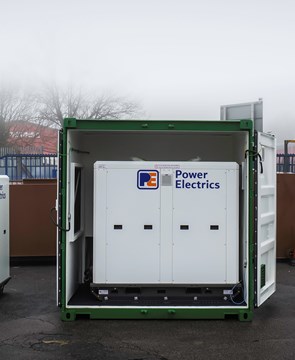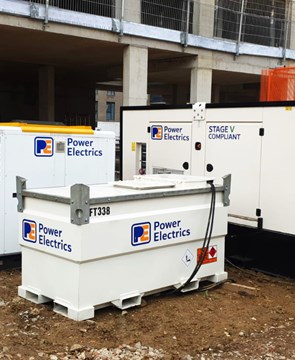The Difference Between kW and kVA
Outside of the generator industry, the term Kilo-Volt-Amperes (kVA) is often met with confusion.
We’ve all heard of Kilowatt (kW): it’s what we learnt at school, it’s how our electrical items at home are rated and it’s the unit we see on our electricity bill. It’s probably not until you need a generator that kVA even enters the equation.
So what’s the difference between kW and kVA? And, more importantly, how do you convert between the two?
kVA: apparent power
kVA is a measure of apparent power: it tells you the total amount of power in use in a system.
In a 100% efficient system kW = kVA. However, electrical systems are rarely ever 100% efficient and therefore not all of the systems' apparent power is being used for useful work output.
kW: actual power
kW is the amount of power that is converted into a useful output.
kW is therefore known as actual power or working power.
Power Factor: a measure of electrical efficiency
You can convert between kVA and kW if you know the efficiency of the electrical system.
Electrical efficiency is expressed as a power factor between 0 and 1: the closer the power factor is to 1, the more efficiently the kVA is being converted into useful kW. Generators have a power factor of 0.8.
The formula for converting kVA into kW is:
Apparent power (kVA) x power factor (pf) = actual power (kW)
For example, a 100kVA generator with a power factor of 0.8 outputs 80kW actual power;
100 kVA x 0.8 = 80 kW.
The formula for converting kW into kVA is:
Actual power (kW) / power factor (pf) = apparent power (kVA)
For example, if a generator is producing 100kW actual power and has a power factor of 0.8, the size of the generator is 125kVA;
100 kW / 0.8 = 125 kVA
Still confused?
A genius once thought to explain the relationship between kW and kVA using something we’d all understand…beer.
So imagine you’re sat in your local pub, pint in hand. The total contents of your pint glass (liquid + foam) is the kVA. However, only the liquid part of your beer serves to quench your thirst and this is the kW. The better the bartender (the more efficient the electrical system), the more beer (kW) you get. Ta-dah!
(We can’t take credit for the beer analogy but we thought we’d pass it on. If it helped, feel free to do the same.)
Explainer Video:
Need a helping hand?
We understand that every site and project is different!
If you need some more guidance as to the best generator to hire for your next project, contact us below or give us a call.
One of our team of generator specialists can create a custom solution that is the best fit for you and your power needs.




